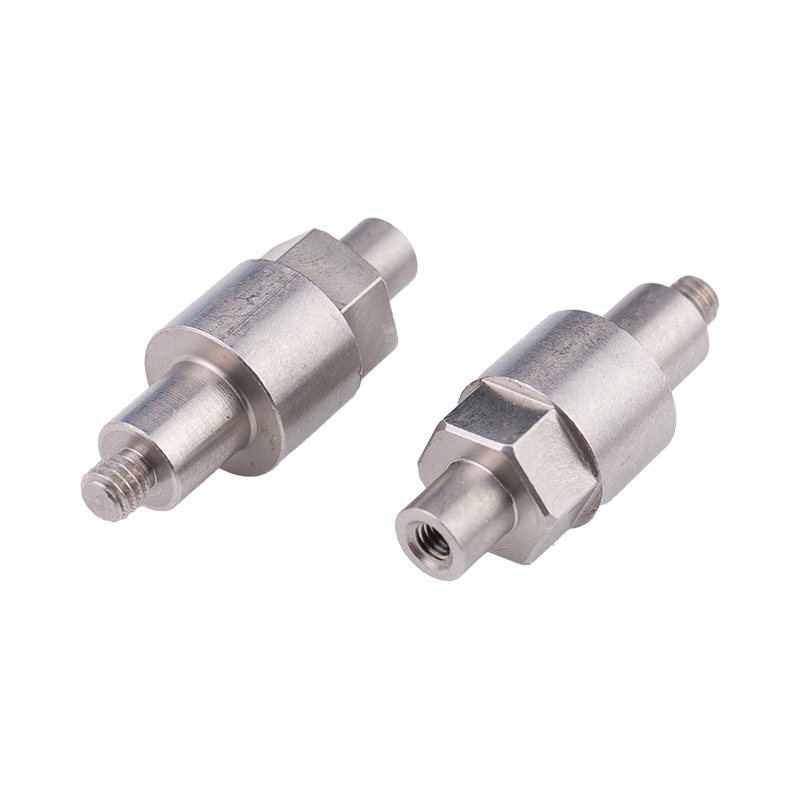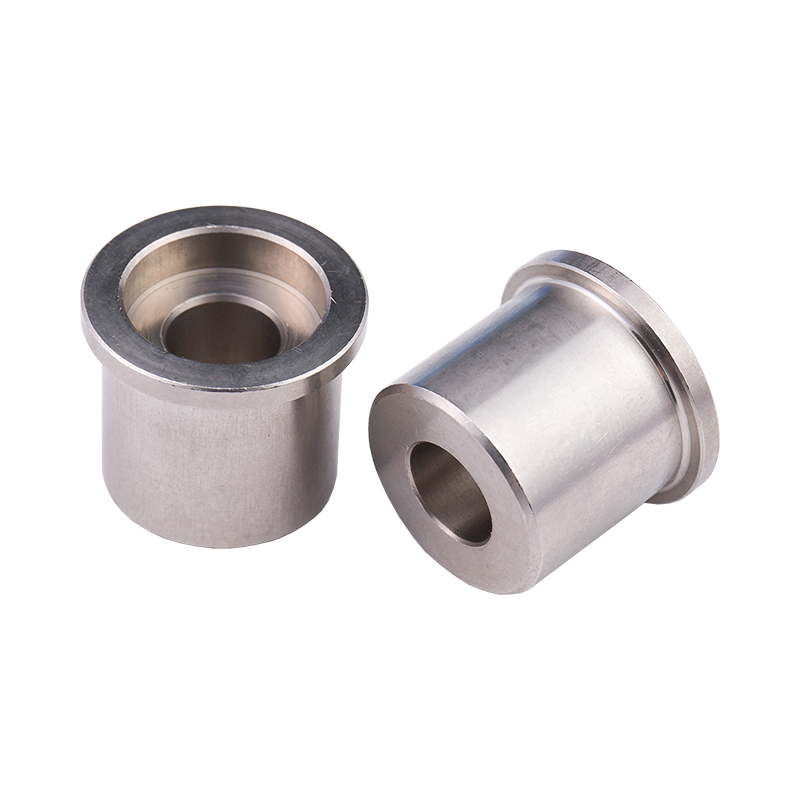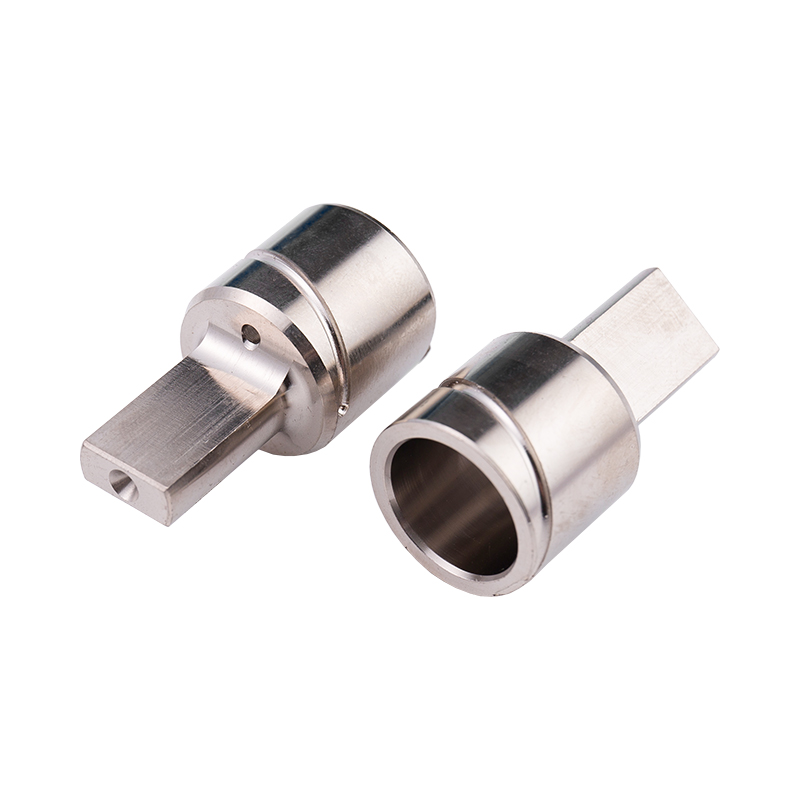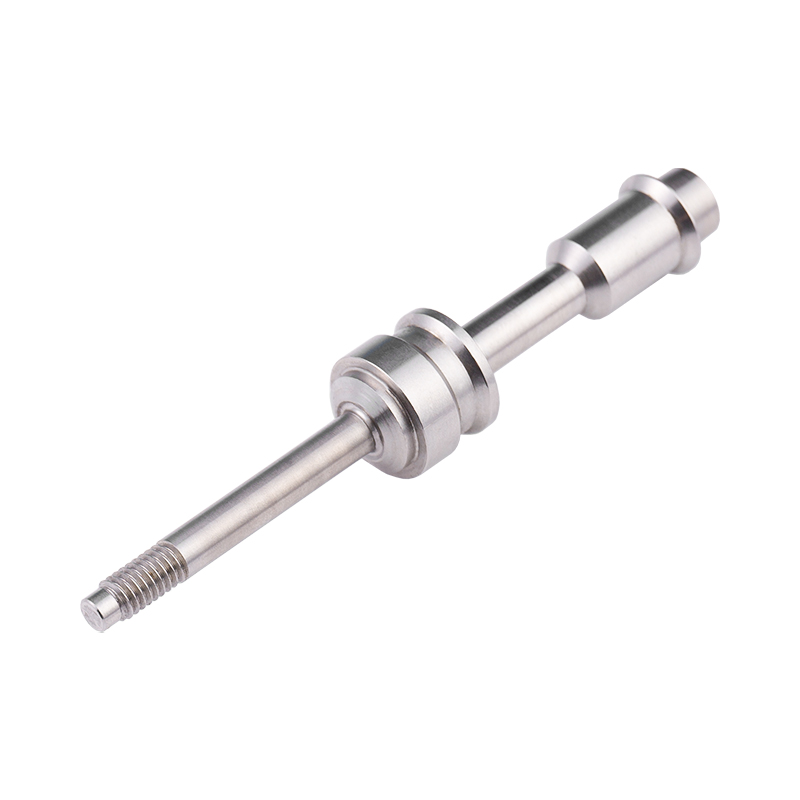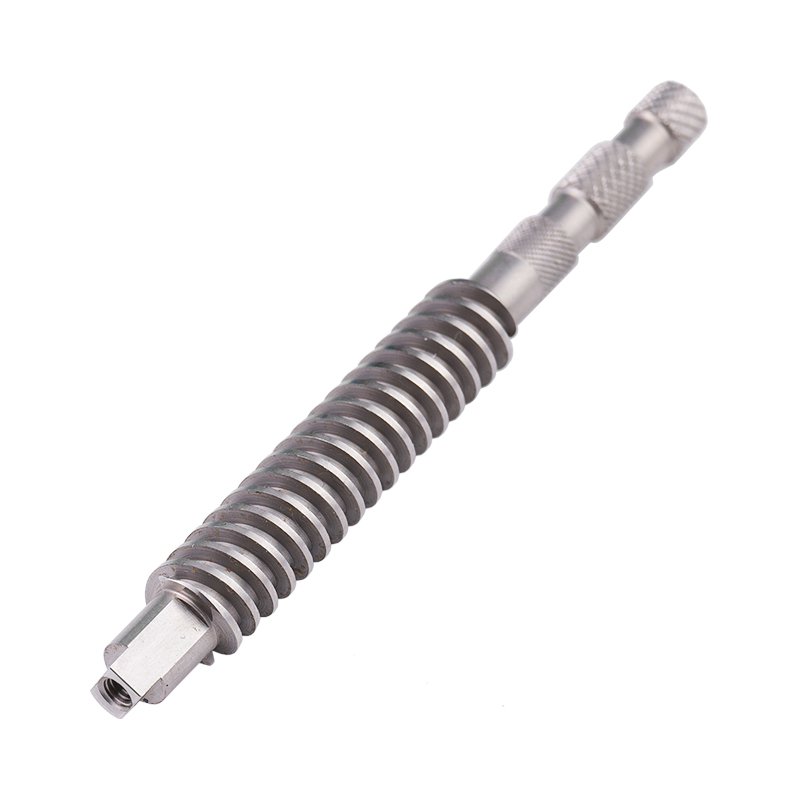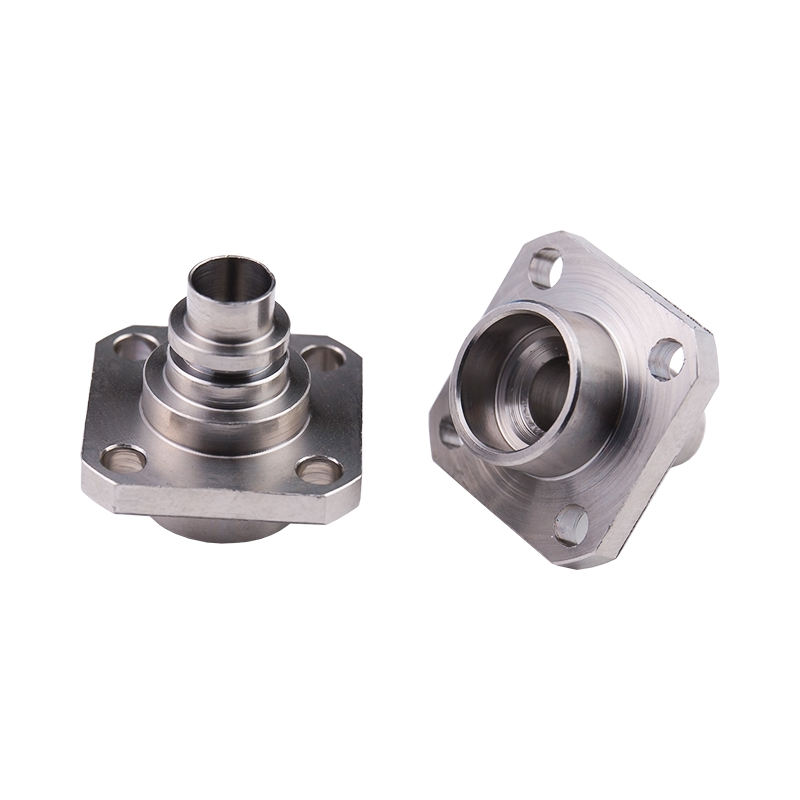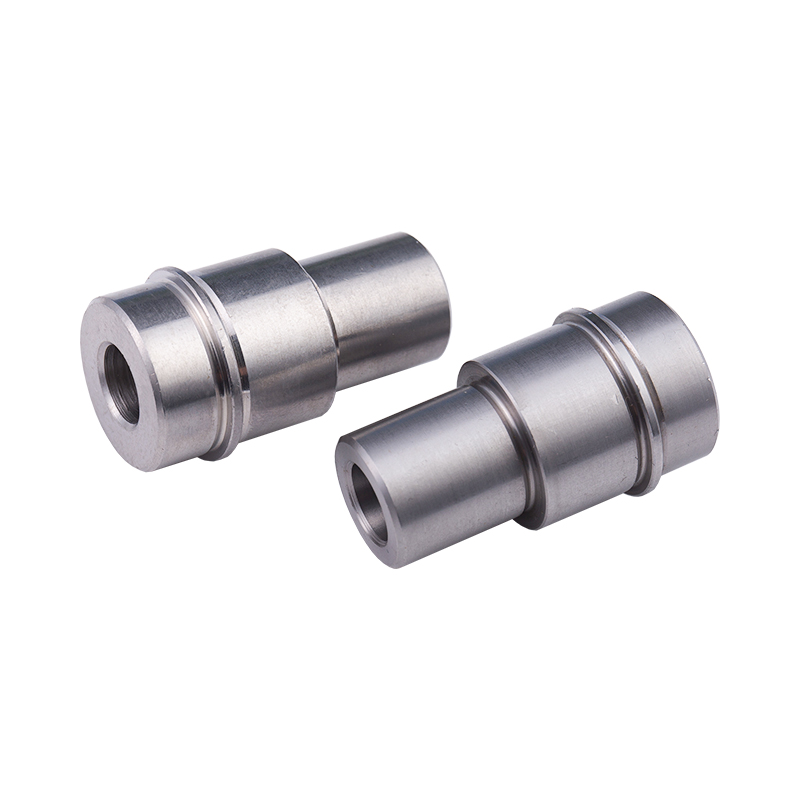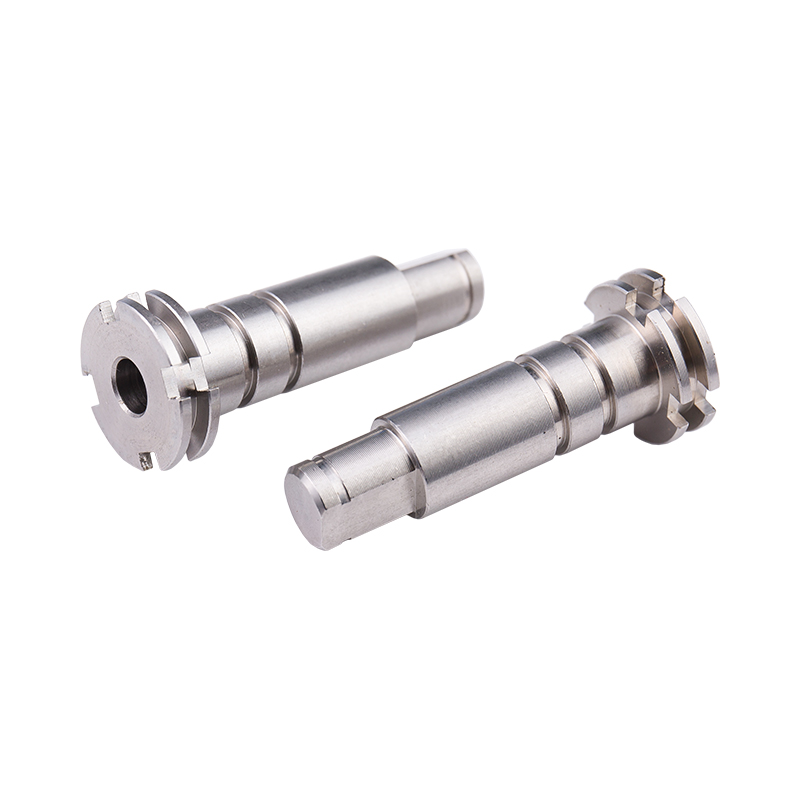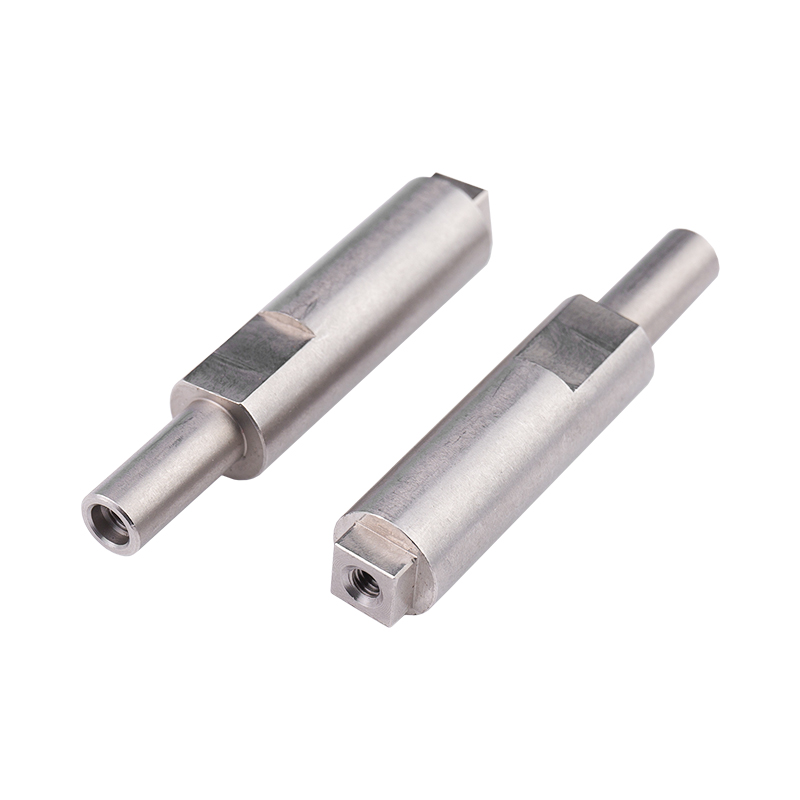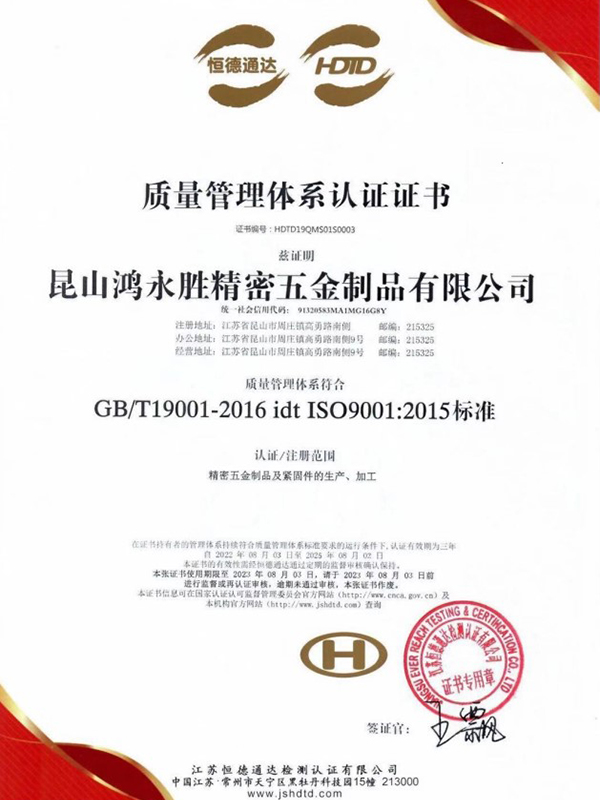Carbon Steel Bolt Supplier Guide: What Buyers Should Look For Selecting the right supplier for carbon steel bolts affects product performance, safety, and long-term cost. This guide breaks down the p...
READ MOREThe company has obtained two quality system management certificates of ISO9001:2015 and IATF16949:2016.
At present, the company has been for Japan, Sweden, the United States, Singapore, Malaysia, Hong Kong and the Pearl River Delta and many other customers to provide services, now the main customers are: Japan Sharp (SHARP), Japan SMC, Japan Panasonic (Panasonic), the Swedish automobile VOVOL, etc., all the fixed assets investment of more than 30 million dollars, welcome friends from all walks of life to the factory to visit, study, consulting and come! We welcome friends from all walks of life to visit our factory, investigate, consult and come to us for sample processing.
We are looking forward to establishing a good business partnership with you with mutual trust and reciprocity!
-
-
Introduction: The Foundation of Mechanical Systems In the intricate world of modern manufacturing and engineering, machined parts form the fundamental building blocks of virtually every mechanical sys...
READ MORE -
Why Structural Integrity Matters In construction, machinery, and other industrial applications, structural integrity is crucial for safety, performance, and longevity. One of the key elements in ensur...
READ MORE -
Introduction to Stainless Steel Fasteners Stainless steel fasteners are widely used in construction, machinery, and industrial applications due to their corrosion resistance and durability. Among them...
READ MORE
How to reduce the vibration and noise of a high-speed rotating stepped shaft?
To reduce vibration and noise in high-speed rotating stepped shafts, several key measures can be taken:
Precision Dynamic Balancing: Dynamic balancing is a crucial step in reducing vibration in rotating shafts. Testing the stepped shafts on a dynamic balancing machine can determine the amount and location of imbalance. Subsequently, balancing can be achieved by adding or removing mass at corresponding locations. High-precision dynamic balancing can significantly reduce vibration caused by centrifugal forces.
Precision Manufacturing and Machining: Strict control of dimensional accuracy and shape tolerances is essential during the manufacturing and machining processes of stepped shafts. Utilizing advanced machining techniques such as CNC turning, grinding, and polishing ensures that the geometry and dimensions of the shaft align with design specifications, minimizing vibration due to manufacturing errors.
Proper Bearing Selection and Installation: Selecting the appropriate bearing type is crucial for reducing vibration and noise. Bearings should not only withstand the expected loads but also possess sufficient stiffness and damping properties to absorb vibrations. Additionally, precise bearing installation is necessary to ensure proper alignment with the shaft and bearing seats.
Effective Lubrication System: Proper lubrication significantly reduces friction and wear on bearings and other rotating components, consequently lowering vibration and noise. Designing an appropriate lubrication system includes selecting suitable lubricating oil or grease and ensuring the stability and continuity of the lubricating oil film.
Rigidity in Shaft Design: The rigidity of stepped shafts influences their vibration characteristics. When designing, factors such as diameter, length, and support spacing should be considered to ensure sufficient stiffness during high-speed rotation. Reinforcements or increased shaft wall thickness can be utilized to enhance rigidity when necessary.
Damping Treatment: Damping materials or coatings can be applied at critical locations of the stepped shaft, such as bearing seats or transition areas, to absorb vibration energy and reduce vibration propagation.
Precision Assembly: During assembly, it is essential to ensure the concentricity and perpendicularity of the stepped shaft with rotating components. Any assembly errors may result in imbalance, misalignment, or additional loads, leading to vibration and noise.
Avoiding Resonance: Understanding the system's operating frequencies and ensuring that the natural frequency of the stepped shaft does not match them helps avoid resonance phenomena.
Fluid-Structure Interaction: For stepped shafts operating in fluids, such as pump shafts or fan shafts, the influence of fluid-structure interaction on vibration needs to be considered. Design considerations should account for fluid dynamic characteristics to reduce vibrations caused by fluid flow.
By comprehensively considering these measures, vibration and noise in high-speed rotating stepped shafts can be effectively reduced, enhancing the operational efficiency and lifespan of mechanical equipment.
How to determine the diameter of each part of the stepped shaft?
Determining the diameter sizes of various sections of a stepped shaft is a comprehensive design process that requires consideration of multiple factors. Here are several key points:
Torque and Load Requirements:The diameter of each section of the stepped shaft is typically proportional to the torque it needs to transmit. A larger diameter provides a greater contact area, capable of withstanding higher torque. During design, the minimum required diameter is calculated using mechanical design formulas based on the maximum torque and bending moment the shaft needs to transmit.
Dimensions of mating components:The diameter of the stepped shaft also needs to match with the dimensions of the mating components such as gears, couplings, bearings, etc. For instance, the inner diameter of bearings or the shaft hole diameter of gears directly affects the design diameter of the shaft.
Bearing Selection:Bearings are installed on the larger diameter sections of the stepped shaft, thus the size of the bearings determines the diameter of those sections. Additionally, the load-bearing capacity of the bearings also influences the choice of shaft diameter.
Shaft Rigidity:The shaft diameter not only affects its torque transmission capability but also its rigidity. In certain applications where precise positioning or reduced deflection is required, increasing the shaft diameter may be necessary to enhance rigidity.
Vibration and Balance:Variations in shaft diameter are crucial for controlling vibration and ensuring balance. Proper diameter design in high-speed rotation applications aids in achieving better dynamic balancing and reducing vibration.
Installation Space:Within limited installation space, careful planning of shaft diameter design is necessary to ensure all components can be properly installed without causing unnecessary interference.
Safety Factors:When determining the diameter of the stepped shaft, safety factors must also be considered to ensure the shaft will not fracture or fail even under the most adverse conditions.
By comprehensively considering the above key factors, design engineers can accurately determine the sizes of the diameter segments of the stepped shaft through precise calculations and engineering experience. This not only ensures the functionality and reliability of the mechanical system but also balances economic efficiency and operational convenience, laying a solid foundation for the long-term stable operation of the machinery.



 русский
русский Español
Español